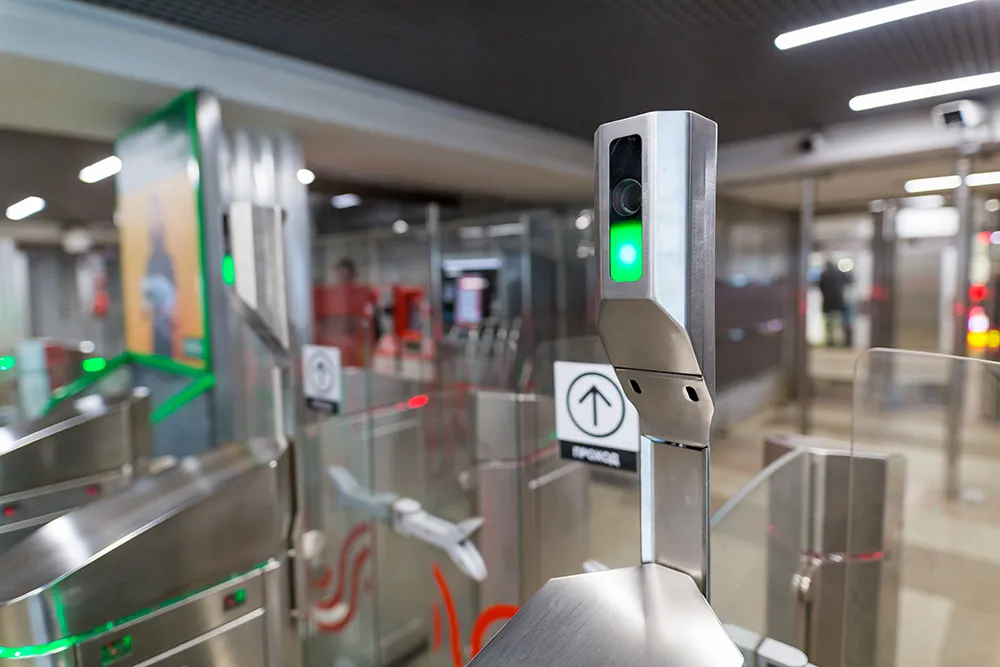Intercomp weigh-in-motion (WIM) scale systems have been installed for use in the lanes at the West Basin Container Terminal (WBCT) within the Port in Long Beach, California, to automate the weighing process and replacing the older static truck scales.
Intercomp’s LS-WIM weigh-in-motion systems feature industry-leading strain gauge load cell technology, the same type used in static truck scales for increased accuracy, repeatability and fast response times.
The small footprint of the scales compared to
July 3, 2015
Read time: 1 min
Intercomp’s LS-WIM weigh-in-motion systems feature industry-leading strain gauge load cell technology, the same type used in static truck scales for increased accuracy, repeatability and fast response times.
The small footprint of the scales compared to traditional static truck scales means they can be installed in a matter of days with minimal civil works and reduced downtime.
Intercomp’s LS-WIM scales are also integrated with the terminal operating system (TOS) along with cameras, audio integration and RFID.
According to Robert Chou, IT Manager at WBCT, “WIM is an exciting solution to our gate capacity problem. This essentially transforms every pedestal into a scale lane.”









